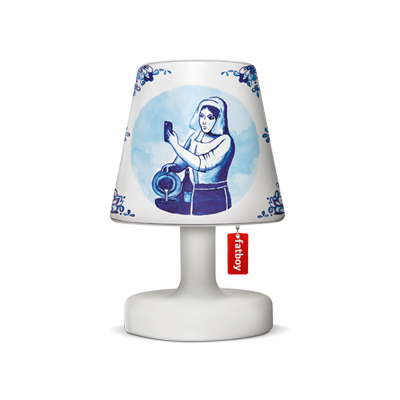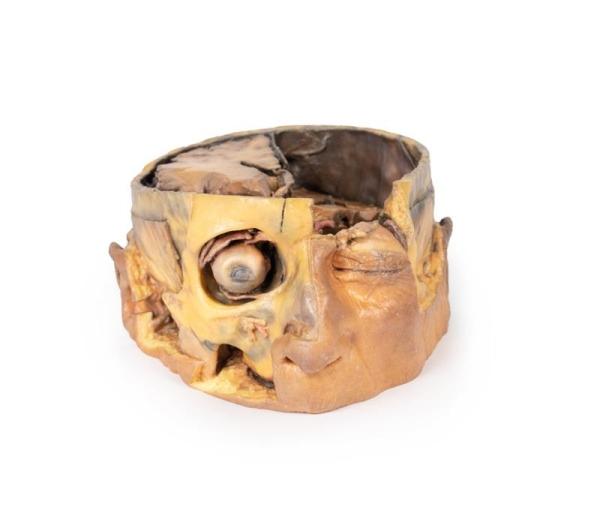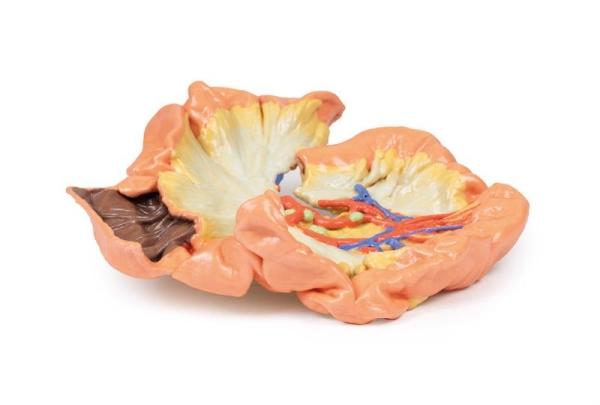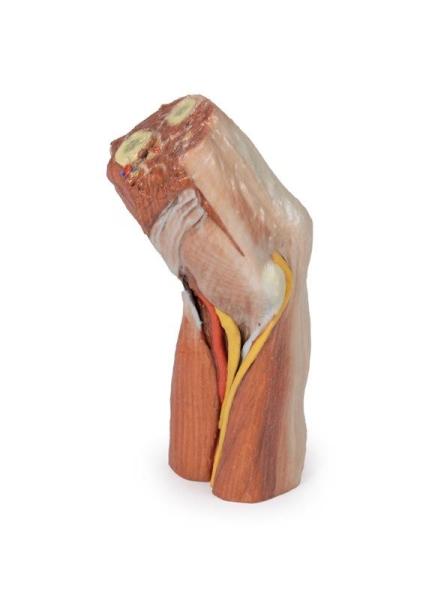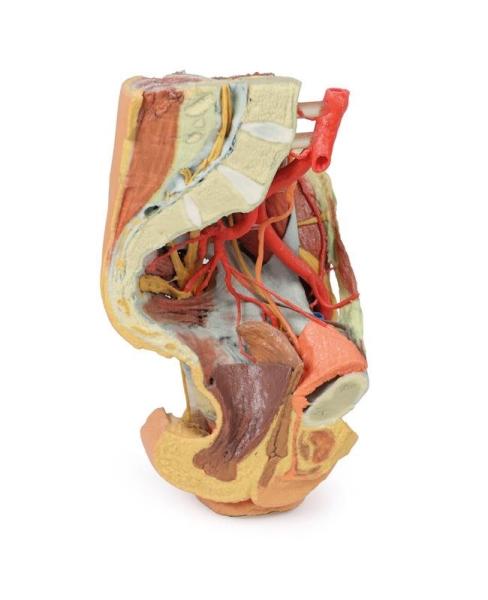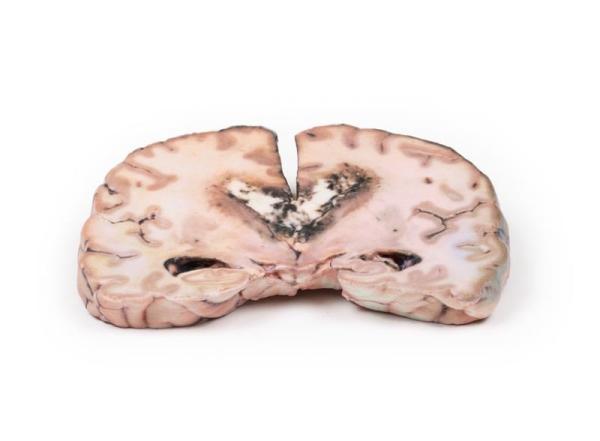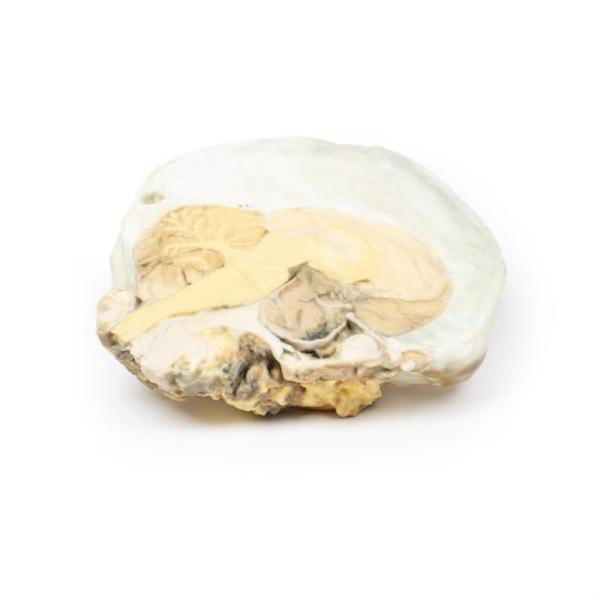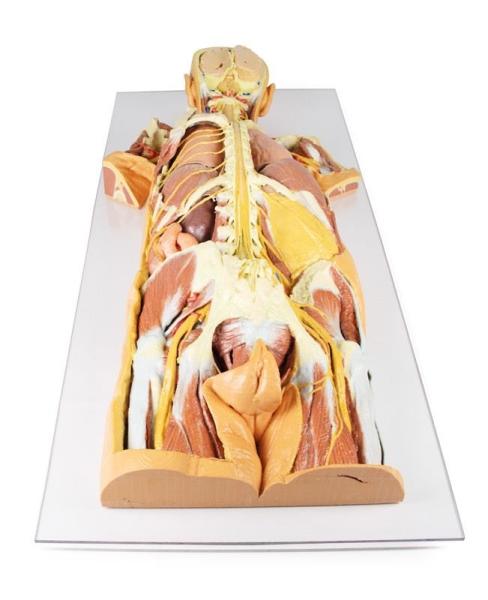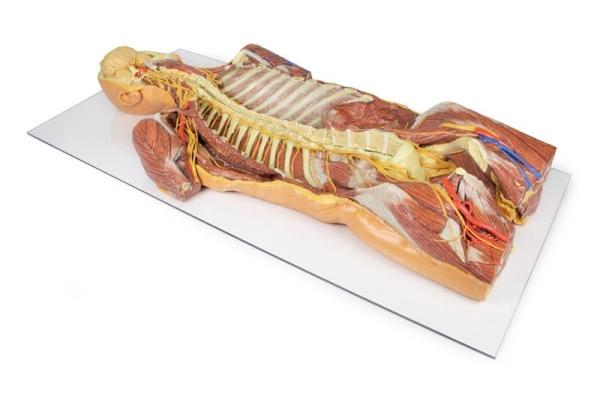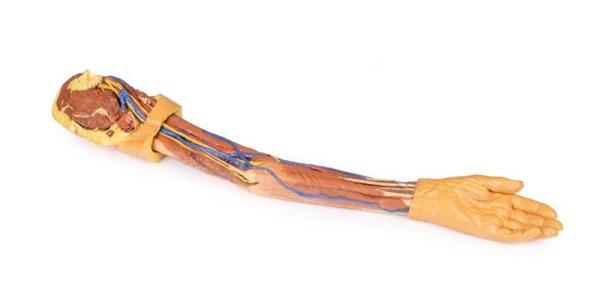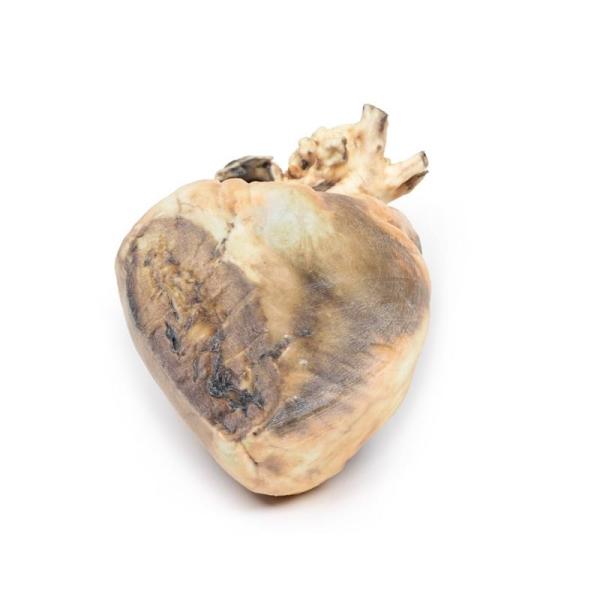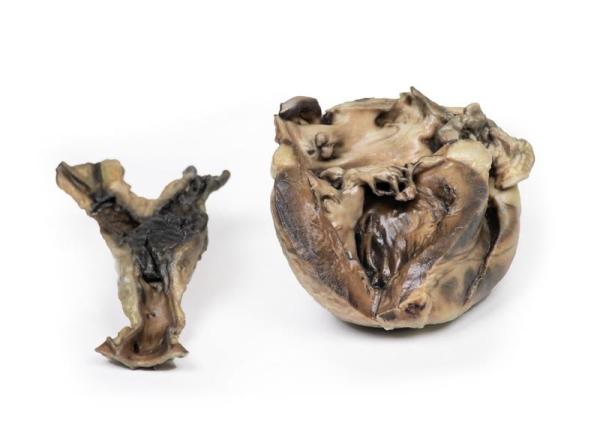-
Bis 2 Stk14,88 €*
-
Bis 5 Stk14,58 €*-2 %
-
Bis 9 Stk14,43 €*-3 %
-
Ab 10 Stk14,28 €*-4 %
-
Bis 2 Stk2.244,94 €*
-
Bis 5 Stk2.200,04 €*-2 %
-
Bis 9 Stk2.177,59 €*-3 %
-
Ab 10 Stk2.155,14 €*-4 %
-
Bis 2 Stk2.004,70 €*
-
Bis 5 Stk1.964,61 €*-2 %
-
Bis 9 Stk1.944,56 €*-3 %
-
Ab 10 Stk1.924,51 €*-4 %
-
Bis 2 Stk647,24 €*
-
Bis 5 Stk634,30 €*-2 %
-
Bis 9 Stk627,82 €*-3 %
-
Ab 10 Stk621,35 €*-4 %
-
Bis 2 Stk693,89 €*
-
Bis 5 Stk680,01 €*-2 %
-
Bis 9 Stk673,07 €*-3 %
-
Ab 10 Stk666,13 €*-4 %
-
Bis 2 Stk586,60 €*
-
Bis 5 Stk574,87 €*-2 %
-
Bis 9 Stk569,00 €*-3 %
-
Ab 10 Stk563,14 €*-4 %
-
Bis 2 Stk2.786,05 €*
-
Bis 5 Stk2.730,33 €*-2 %
-
Bis 9 Stk2.702,47 €*-3 %
-
Ab 10 Stk2.674,61 €*-4 %
-
Bis 2 Stk872,32 €*
-
Bis 5 Stk854,87 €*-2 %
-
Bis 9 Stk846,15 €*-3 %
-
Ab 10 Stk837,43 €*-4 %
-
Bis 2 Stk2.797,71 €*
-
Bis 5 Stk2.741,76 €*-2 %
-
Bis 9 Stk2.713,78 €*-3 %
-
Ab 10 Stk2.685,80 €*-4 %
-
Bis 2 Stk7.962,81 €*
-
Bis 5 Stk7.803,55 €*-2 %
-
Bis 9 Stk7.723,93 €*-3 %
-
Ab 10 Stk7.644,30 €*-4 %
-
Bis 2 Stk1.019,26 €*
-
Bis 5 Stk998,87 €*-2 %
-
Bis 9 Stk988,68 €*-3 %
-
Ab 10 Stk978,49 €*-4 %
-
Bis 2 Stk415,17 €*
-
Bis 5 Stk406,87 €*-2 %
-
Bis 9 Stk402,71 €*-3 %
-
Ab 10 Stk398,56 €*-4 %
-
Bis 2 Stk255,40 €*
-
Bis 5 Stk250,29 €*-2 %
-
Bis 9 Stk247,74 €*-3 %
-
Ab 10 Stk245,18 €*-4 %
-
Bis 2 Stk428,00 €*
-
Bis 5 Stk419,44 €*-2 %
-
Bis 9 Stk415,16 €*-3 %
-
Ab 10 Stk410,88 €*-4 %
-
Bis 2 Stk872,32 €*
-
Bis 5 Stk854,87 €*-2 %
-
Bis 9 Stk846,15 €*-3 %
-
Ab 10 Stk837,43 €*-4 %
-
Bis 2 Stk11.194,35 €*
-
Bis 5 Stk10.970,46 €*-2 %
-
Bis 9 Stk10.858,52 €*-3 %
-
Ab 10 Stk10.746,58 €*-4 %
-
Bis 2 Stk12.091,16 €*
-
Bis 5 Stk11.849,34 €*-2 %
-
Bis 9 Stk11.728,43 €*-3 %
-
Ab 10 Stk11.607,51 €*-4 %
-
Bis 2 Stk2.446,69 €*
-
Bis 5 Stk2.397,76 €*-2 %
-
Bis 9 Stk2.373,29 €*-3 %
-
Ab 10 Stk2.348,82 €*-4 %
-
Bis 2 Stk815,17 €*
-
Bis 5 Stk798,87 €*-2 %
-
Bis 9 Stk790,71 €*-3 %
-
Ab 10 Stk782,56 €*-4 %
-
Bis 2 Stk5.107,96 €*
-
Bis 5 Stk5.005,80 €*-2 %
-
Bis 9 Stk4.954,72 €*-3 %
-
Ab 10 Stk4.903,64 €*-4 %
-
Bis 2 Stk9.899,87 €*
-
Bis 5 Stk9.701,87 €*-2 %
-
Bis 9 Stk9.602,87 €*-3 %
-
Ab 10 Stk9.503,88 €*-4 %
-
Bis 2 Stk1.071,74 €*
-
Bis 5 Stk1.050,31 €*-2 %
-
Bis 9 Stk1.039,59 €*-3 %
-
Ab 10 Stk1.028,87 €*-4 %
-
Bis 2 Stk1.047,25 €*
-
Bis 5 Stk1.026,31 €*-2 %
-
Bis 9 Stk1.015,83 €*-3 %
-
Ab 10 Stk1.005,36 €*-4 %
-
Bis 2 Stk581,93 €*
-
Bis 5 Stk570,29 €*-2 %
-
Bis 9 Stk564,47 €*-3 %
-
Ab 10 Stk558,65 €*-4 %

